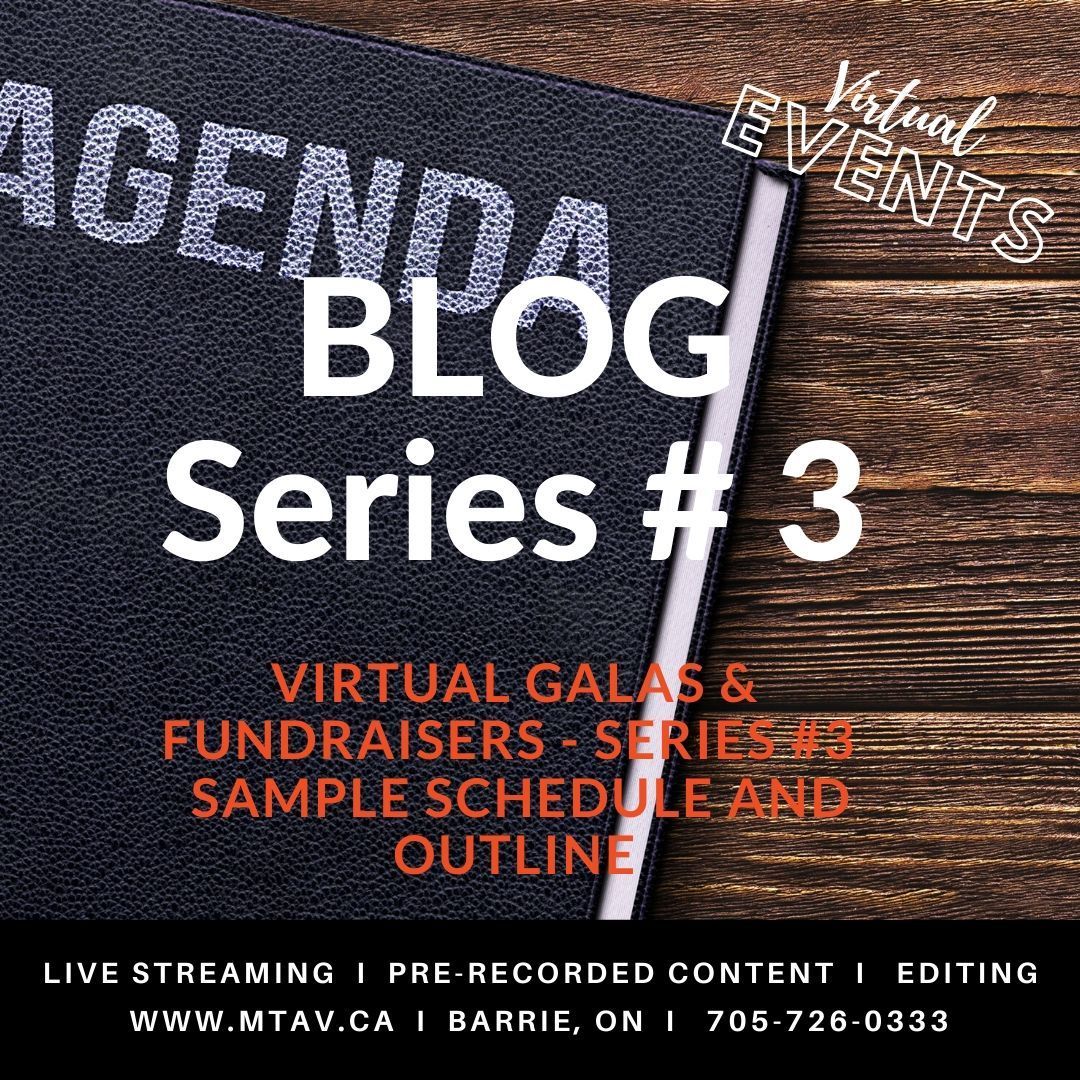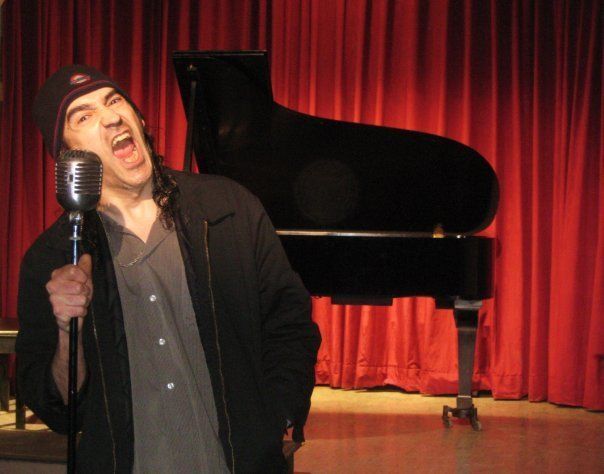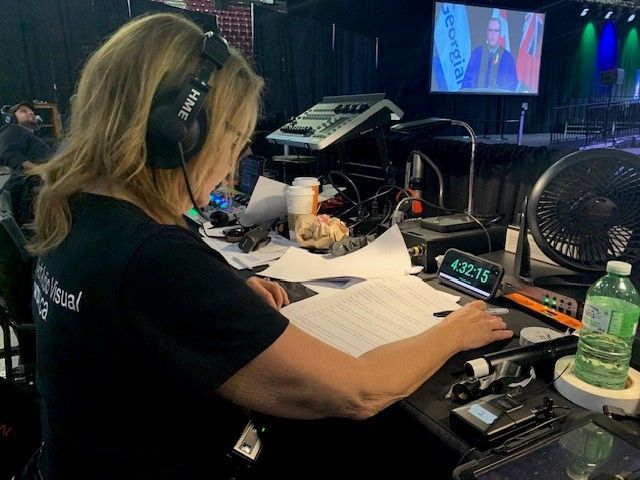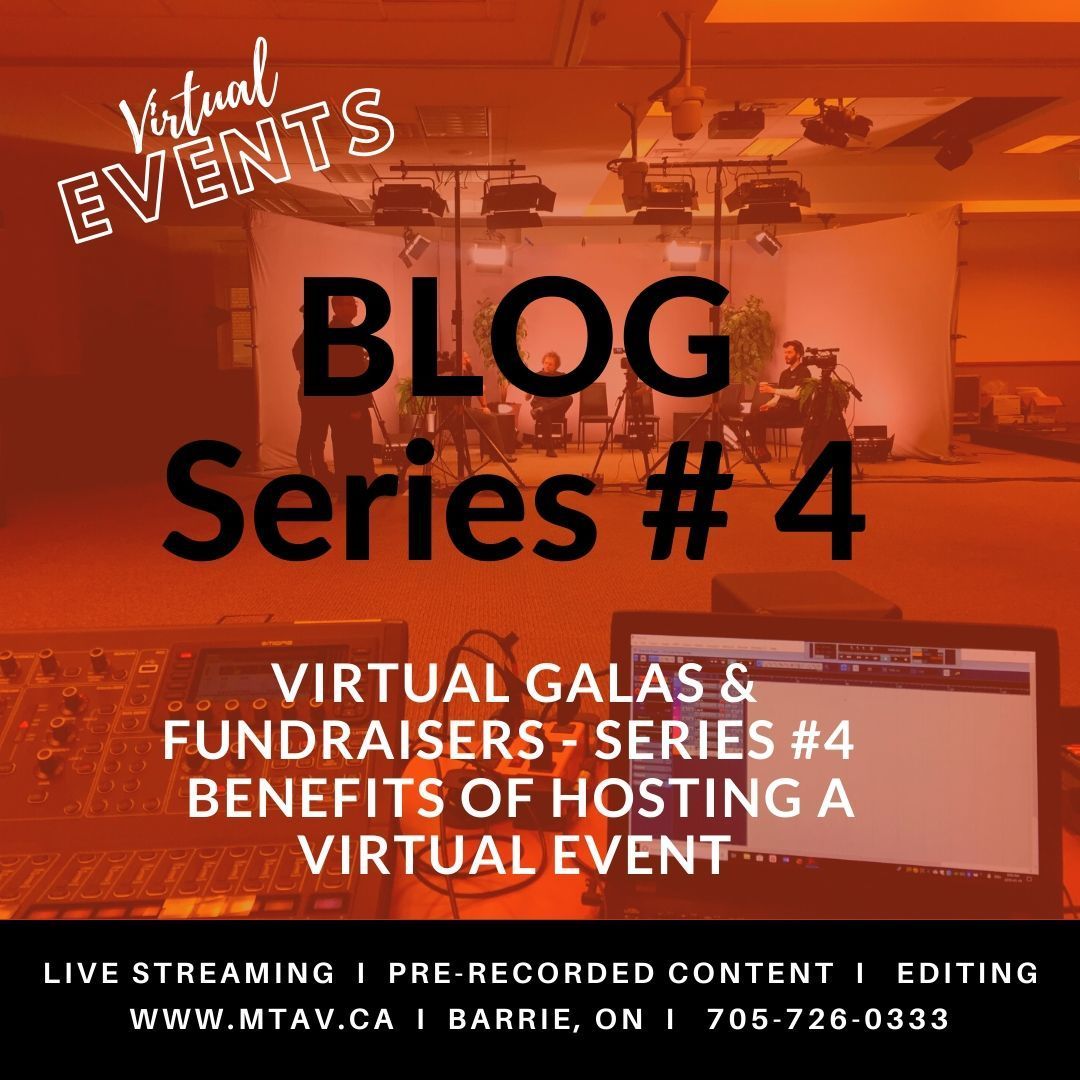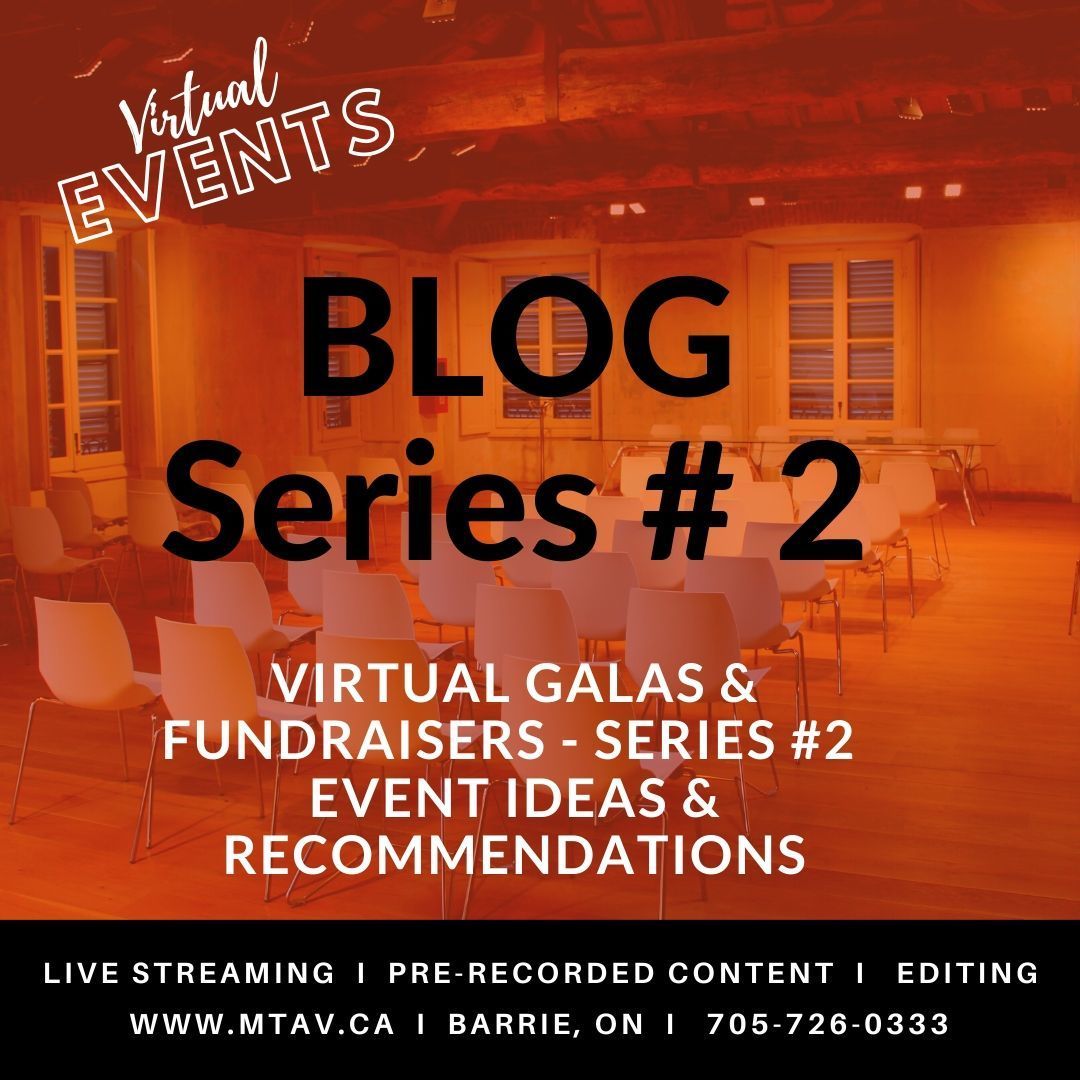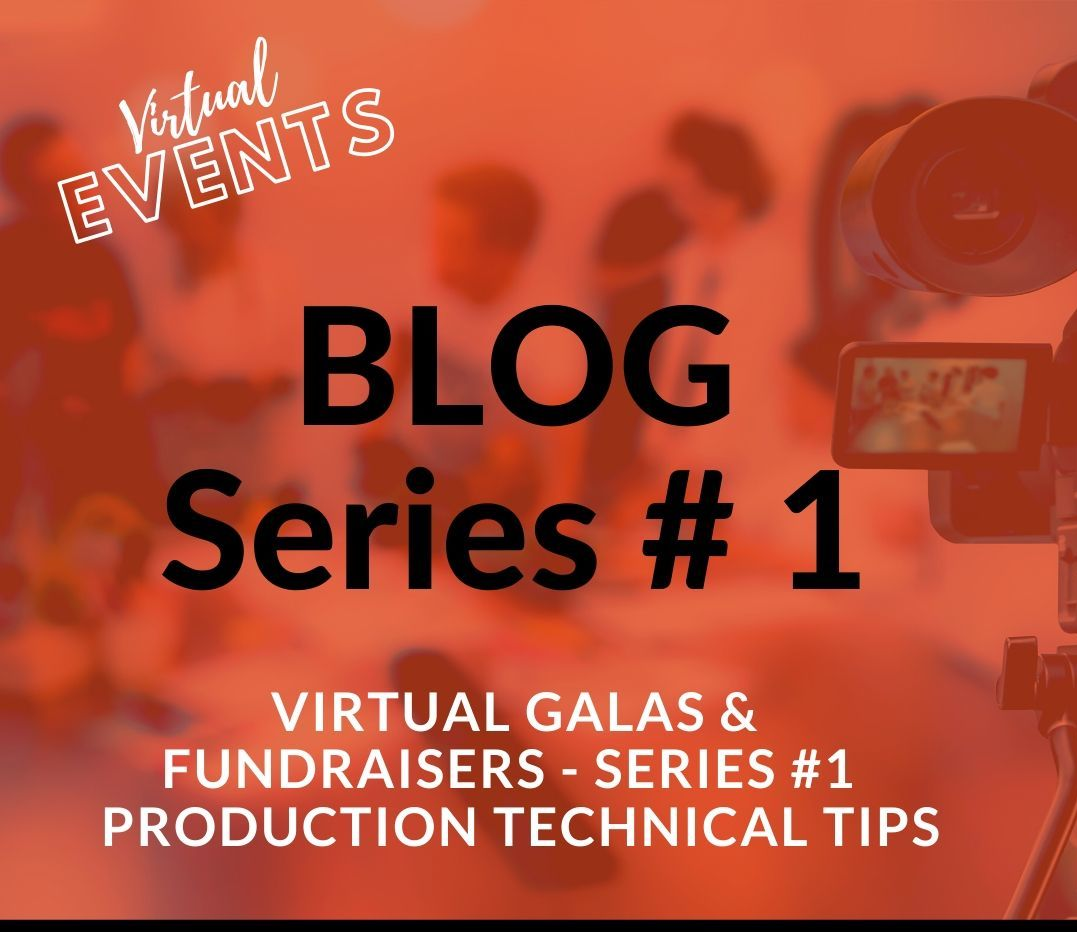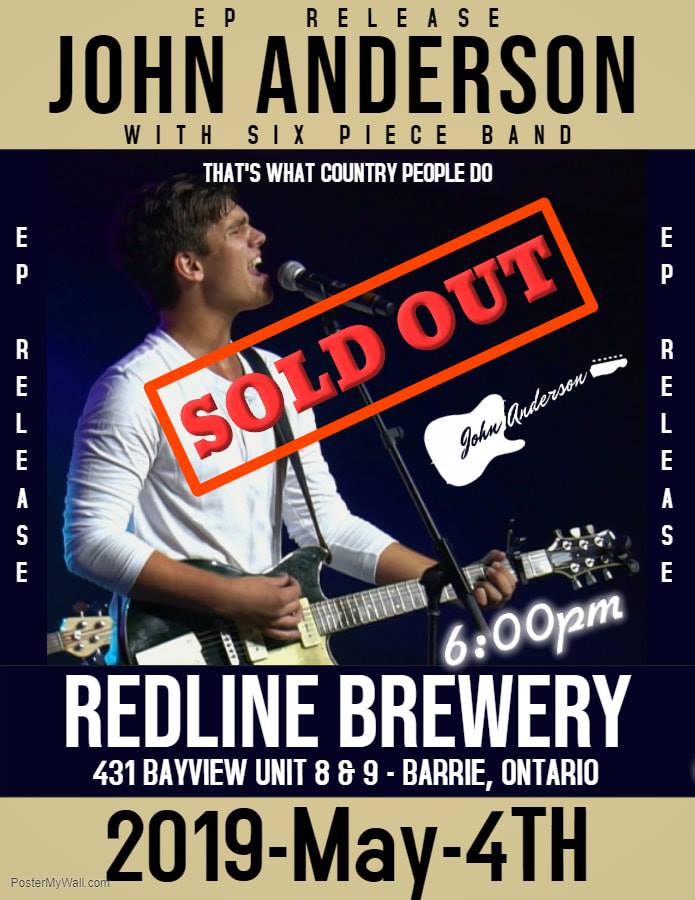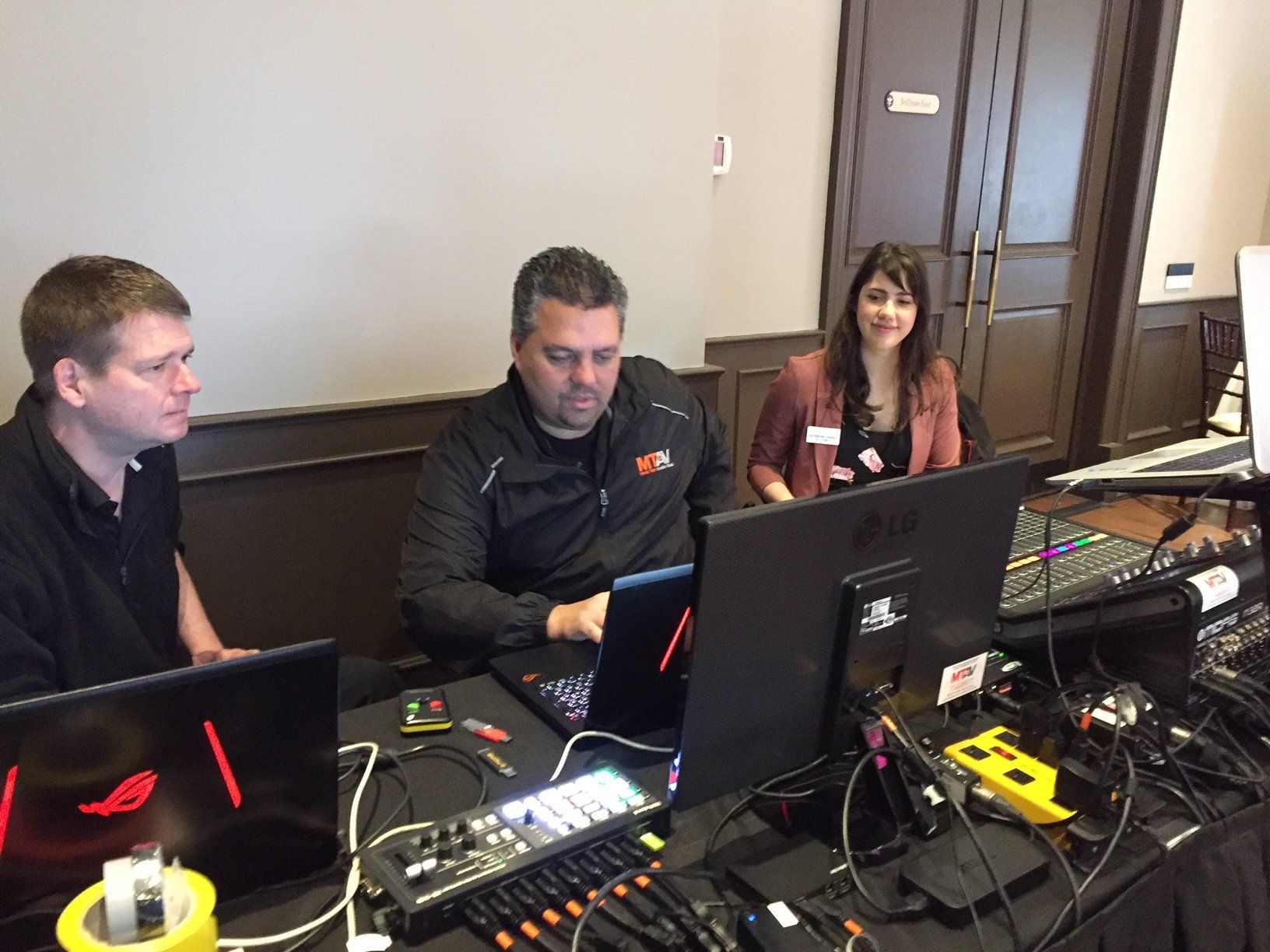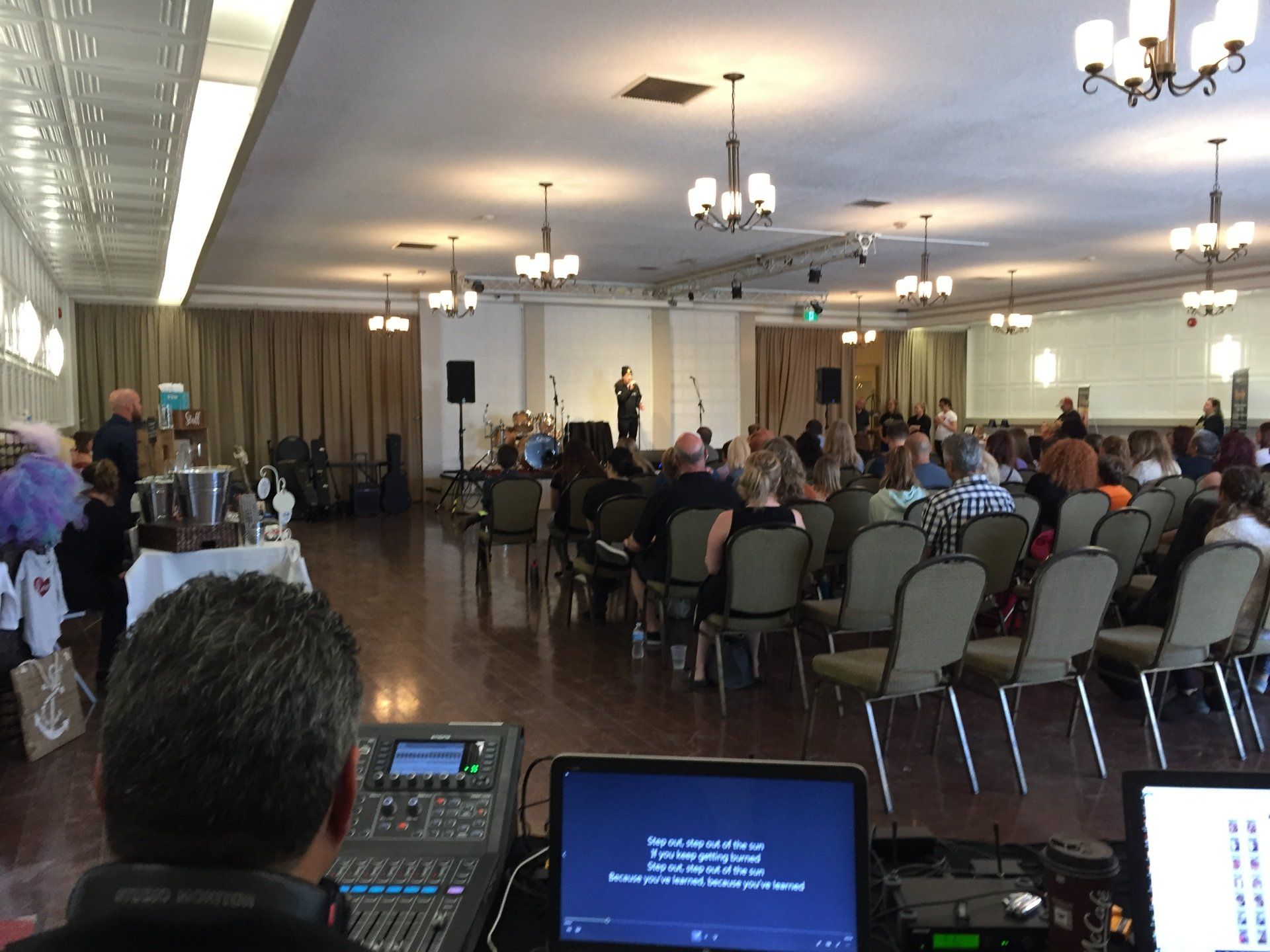How to Record a Singer
Industry tips from a local Music Producer/Engineer - Pete Swann
How to Record a Singer
This method involves recording several vocal takes to be "comped" later. Comping means taking the best lines and words from several takes and compiling them into one final vocal.
Setup
Technical aspects are well-documented so I will be brief on these.
- Ideally, record the singer in an Isolation booth, or in a quiet room. An isolation booth is ideal not just to contain sound, but also to eliminate natural reverb. Room reverb may sound nice, depending on the room and the song, but you're stuck with it. An isolation booth is anechoic (no echoes) which allows you to add an appropriate reverb later in the mix. High quality mics pic up heaters and air conditioners so these should be turned off during home recordings. A Shure SM-58 mic is good to use on a budget (about $150) since it will not pick up much noise beyond the radius of a foot or so.
- Use a good mic with a pop filter. Some singers sound better on different mics, even cheaper mics, so try a few if you have the luxury.
- Use a preamp. Think of the mic and preamp as two parts of a camera. Just as Photoshop cannot make your camera better, plugin effects cannot make your mic and preamp better. You only have one chance to capture in high quality and the better the mic and preamp, the better your vocal will sound. A good preamp will also compress the signal, which I highly recommend doing. I typically use these compression settings: Take out 6 db of gain on the loudest parts, set the release time to the fastest setting and set the attack time to a medium-fast setting.
- At the start of a session, test your levels. Have the singer sing something loud briefly and record it while watching your preamp levels.
- Adjust the headphone mix for the singer. Singers have a wide range of preferences for a headphone mix: some like everything loud, some like the music track almost inaudible, some want reverb, etc..
- I never apply EQs, de-essers or other processors (other than compression) to the vocal I'm recording because these can be applied non-destructively in the mix. There are different schools of thought on this and other engineers will use more processing during the capture.
Vibe
Good vibes make good vocals. If both the engineer and singer are in a positive mood, the vocal usually comes out better. If the singer is depressed or angry, he or she might not be up to singing anything convincingly. Give it a chance, but if the singer is not on his or her game, suggest scrapping the session and re-scheduling. Most singers know when they have it and when they don't. There's no point recording and comping for hours when you'd get a better performance the next day or next week.
Less Critique, More Takes
Imagine yourself in the recording booth, singing or playing an instrument. You do the first take. Now the engineer has a lot to say through the talk-back mic. He tells you to hold certain notes longer, emphasize certain parts, watch your timing in a certain part, watch your pitch in another part, etc. He spends more time critiquing you that you did performing the first take. This is a vibe killer and performers don't respond well to it. Even if the engineer is correct on all points, many problems are solved by the second and third takes without instruction. Use the first three takes to let the singer get acclimatized. Mark areas of concern on the timeline as you go, but don't mention these until you've heard a few takes. If take two solves an issue from take one, delete the marker. I never get specific about performance problems until the about the forth take because by then, I know that these are recurring problems. All I need is one good take for every line, not necessarily from the same take since I will be comping later. If someone else is going to be in the control room and they are qualified to advise the singer, I tell them ahead of time to be quiet until the singer has done several takes.
Workflow
The ideal workflow involves fast responses from the engineer. If the singer flubs a line, the engineer should be ready to stop the recording for a retake before the singer can finish the sentence, "sh**, let me do it again". If a singer says "I have a new idea, put me on a new track and record me from the bridge", the engineer should take no longer than five seconds to make that happen. This may create a disorganized timeline, but you can organize later. To be prepared for this flexibly and speed, have a lot of empty tracks ready to record onto.
Straight Through and Section Takes
Once the singer has done three or four takes straight-through, I like to record in sections, for example, we will record several takes of verse one, then several takes of verse two, then several for the bridge, then several choruses. This allows the singer to fine tune one small part of the performance before moving on, staying focused on the desired timing, emphasis, spots to breathe, etc.. The order of parts to record should be based on the vocal damage factor, IE, if the chorus requires screaming, do the choruses last, or the singer might not have a voice left to sing verses and other parts. The nice thing about having contiguous tracks is the flow factor, while lots of punches can sound disjointed, especially if the singer is inconsistent from take to take. During the comp, I will often harvest these straight-through takes for smooth transitions and even breaths. For example, sometimes I have to replace two words which overlap as a result of recording in sections. This overlap problem can be avoided with good punching practice.
Punching
Long lines with no time to breath may require a punch-in at some point to keep the energy strong until the last word of the phrase. Digital recording makes non-destructive punching easy, just record the punch on its own blank track. To make this work in the comp, an overlap of words is necessary. For example if the phrase is "I'm going off the rails on a crazy train" and you want to punch in "crazy train", make sure the singer sings "on a crazy train". If you want to record the first half, "I'm going off the rails", make sure you record "I'm going off the rails on a". In other words, sing and record at least one redundant overlapping syllable before or after the punch point, and the comp will be seamless.
Get a Lot of Takes
The more takes you capture, the happier you will be with all those choices during editing. You will often regret having recorded too few takes, but you will never regret having more. I tend to get 3 or 4 straight-through takes plus about 5 or 6 section takes for each part; verses, choruses, bridge, etc.. Obviously, the better the singer, the fewer takes you'll need.
Comping
If the singer is consistent and proper punching protocol has been followed, comping should be a breeze. Create a blank "comp track" above the takes and slide chunks vertically up into that track. Audition small chunks at a time from all takes, not necessarily whole lines. Make sure to keep the breath that goes into a line with that line, don't use a breath from the previous chunk. Sometimes you can cut between syllables. S and F sounds can be cross faded smoothly, but vowels are tricky and don't always work. Watch for repeated or missing consonants - a common artifact of comping. Check every edit to ensure all the cross fades sound natural.
As far as what parts to select for the comp, ideally, use the line with appropriate emotion, good timing, good intonation and smooth continuity with the lines before and after. If you are planning to tune the vocal, then choosing an in-tune part may be a less important consideration. For example, only one take has great emotion, great timing and great flow, but it was sung slightly out of tune. Since the intonation will be fixed, that is the take to select.
Pete Swann, Producer/Engineer, Attitude
Productions
AttitudeProductions.com
Pete@AttitudeProductions.com
